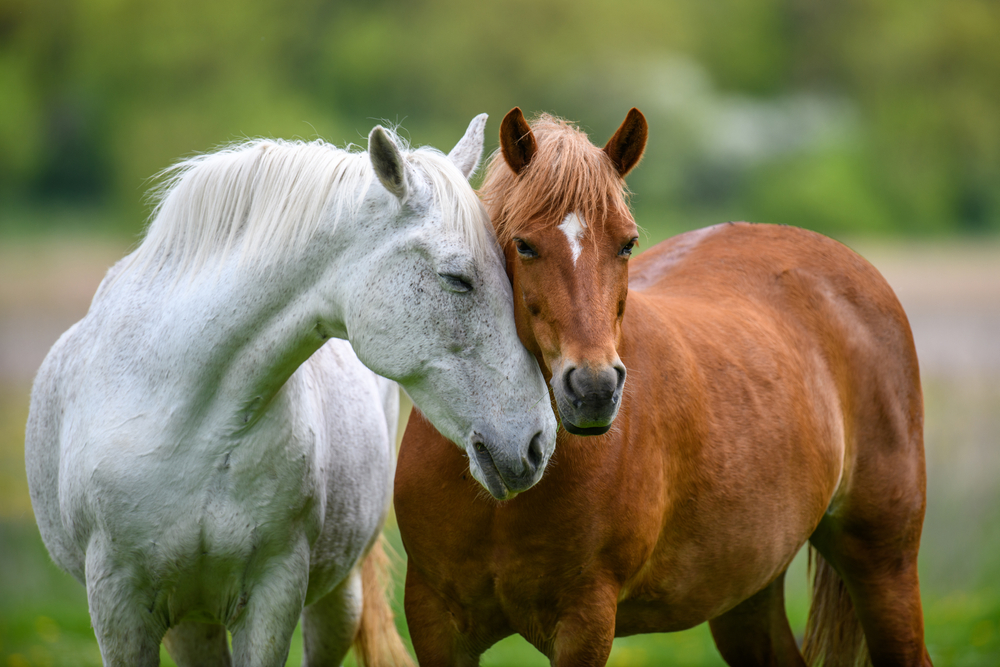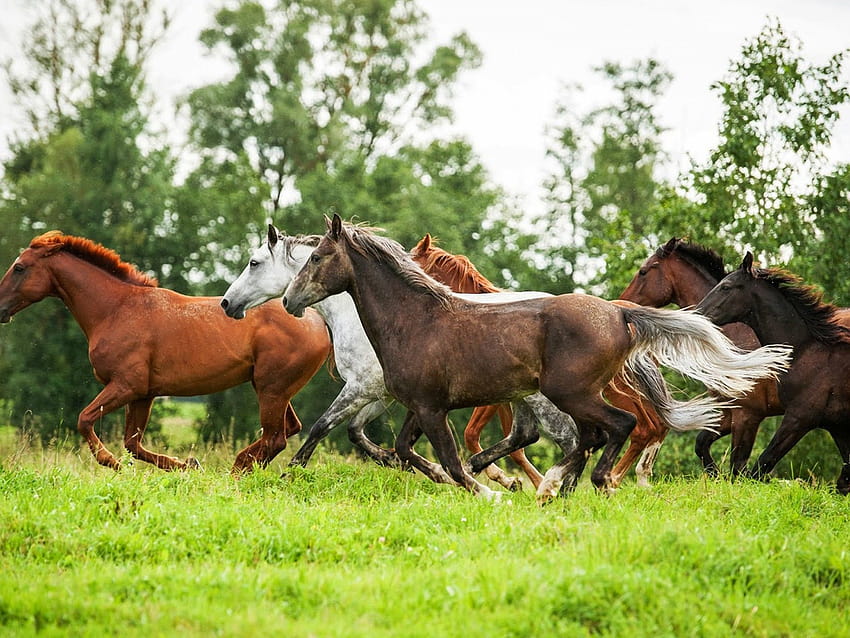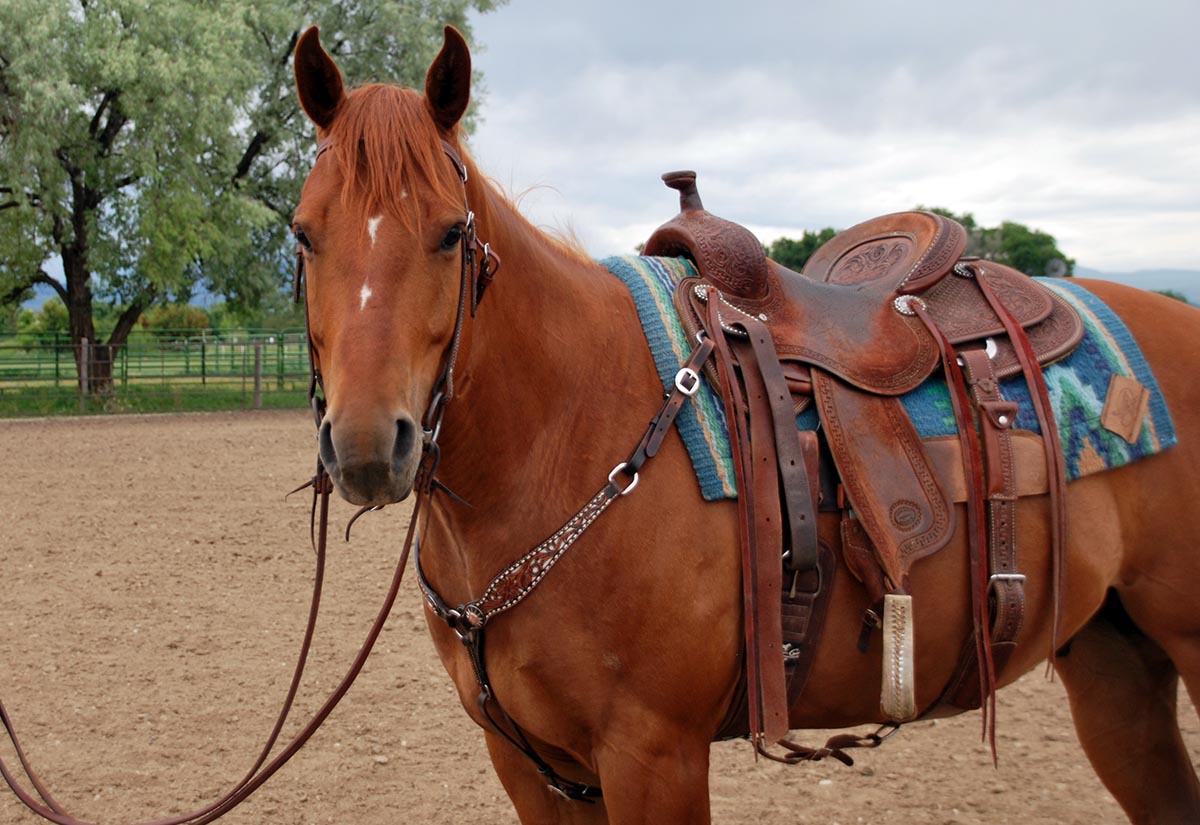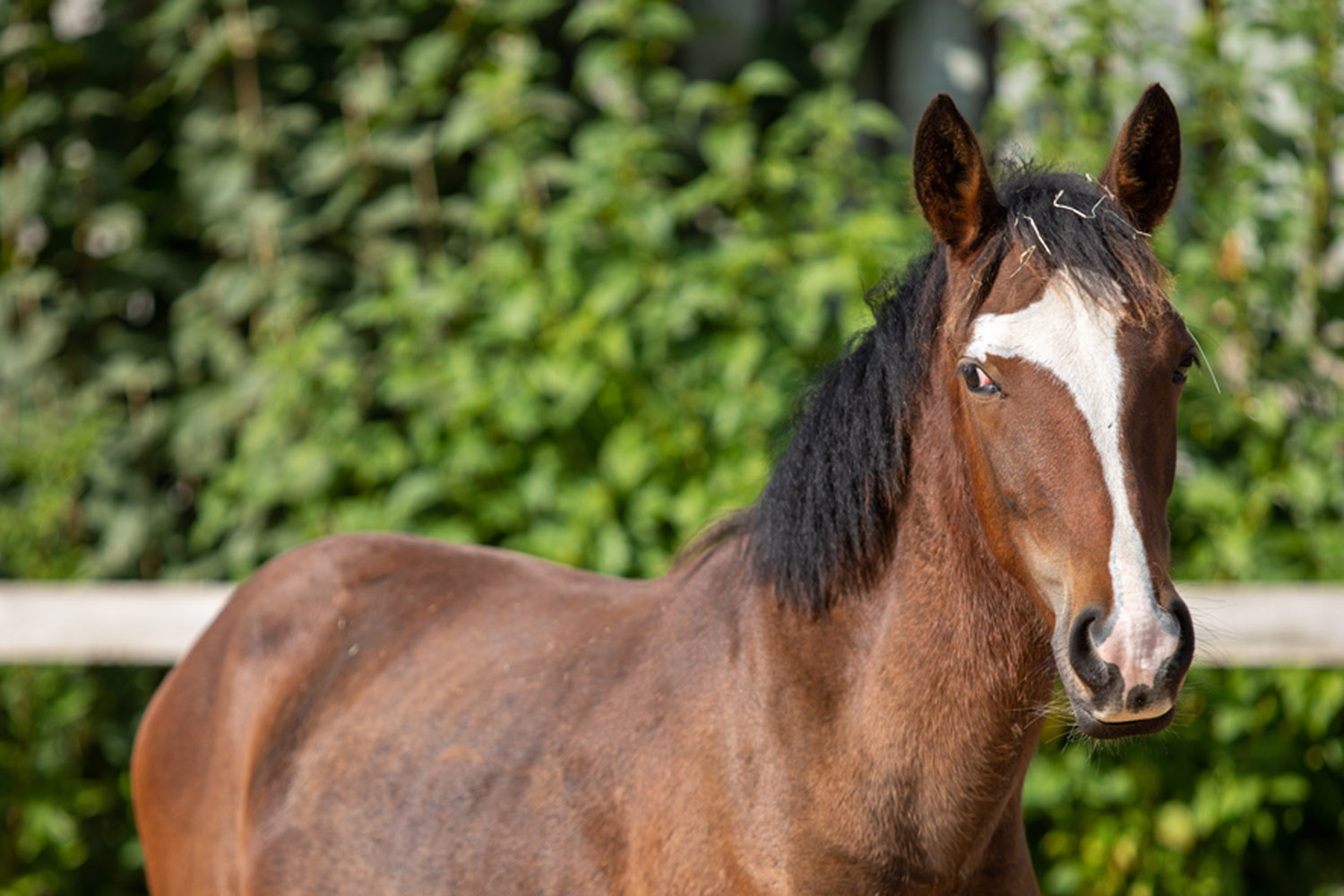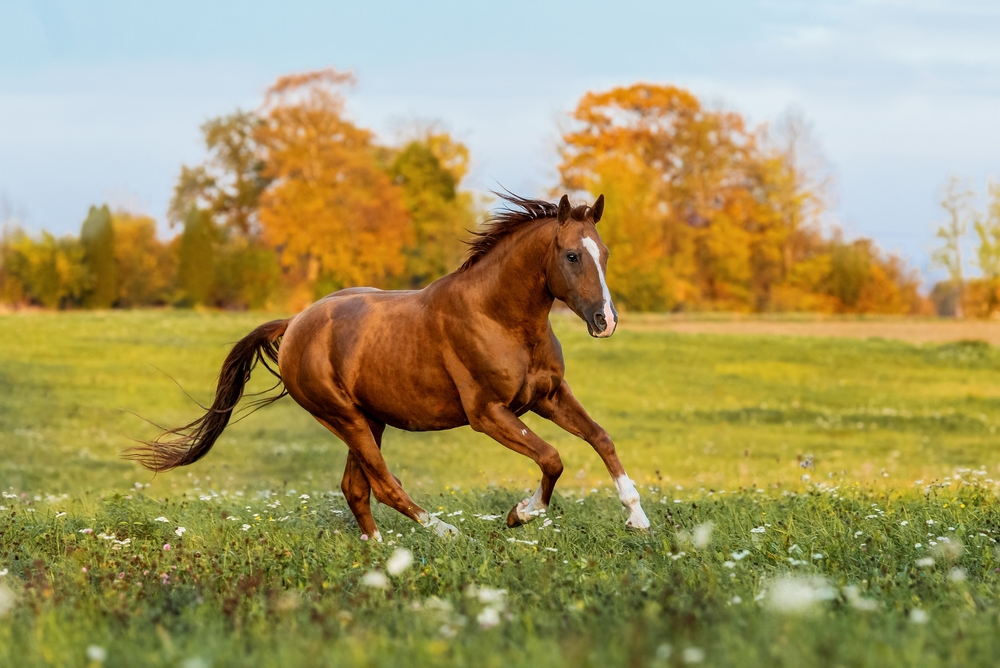Understanding the behavior of horses is a fascinating subject, especially when considering the impact of their environment. The surroundings in which a horse lives can significantly influence its behavior, health, and well-being. This article will delve into this topic, exploring how various environmental factors can affect equine behavior.
For a deeper understanding of equine behavior, it’s beneficial to study their body language. This can provide insights into how horses interact with their environment and each other.
Impact of Physical Surroundings
The physical environment, including the type of terrain, availability of shelter, and weather conditions, plays a crucial role in shaping horse behavior. For example, horses in a spacious pasture may exhibit more playful behaviors compared to those in confined spaces.
Social Environment and Equine Behavior
The social environment, including the presence or absence of other horses, also significantly influences horse behavior. Horses are social animals and thrive in a herd environment, where they can interact and communicate with their peers.
In conclusion, understanding how environment influences horse behavior can lead to better management practices, enhancing the well-being of the horses. To further support your horse’s health, consider products that enhance hoof health and provide a balance from nature.


